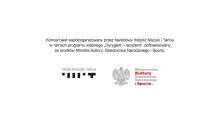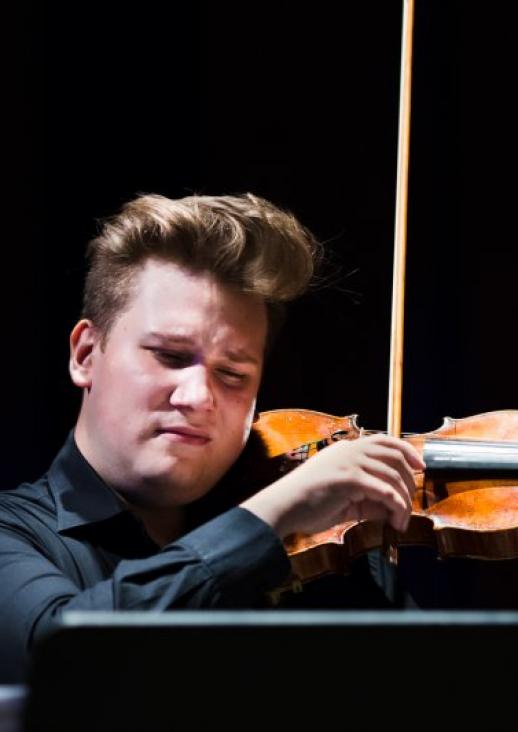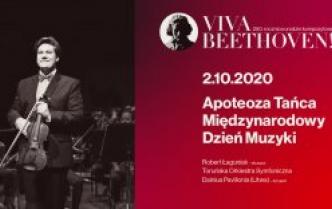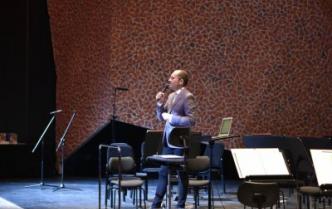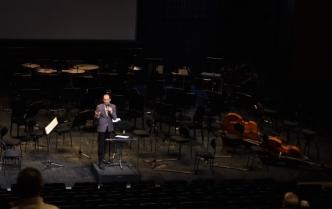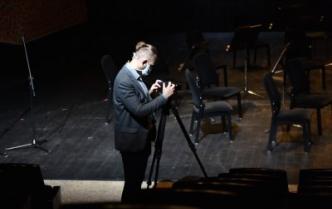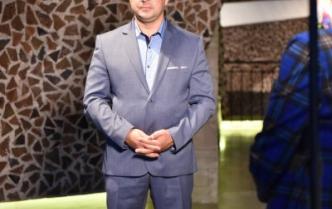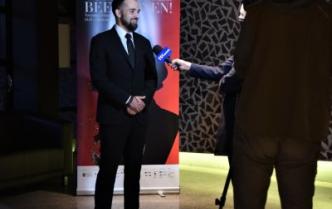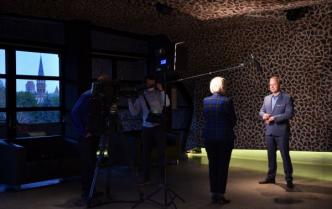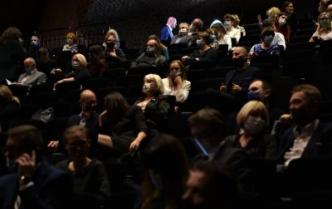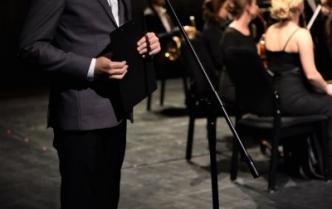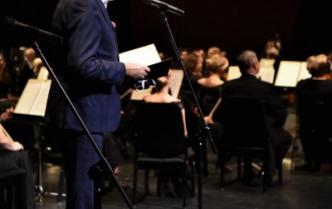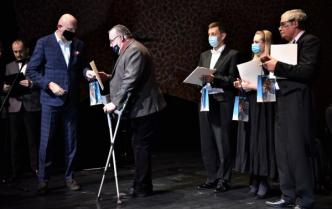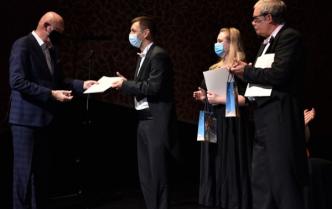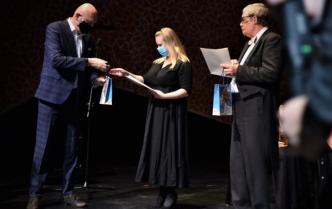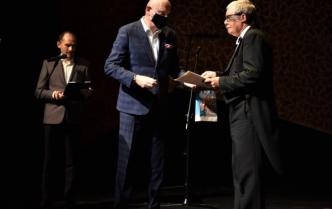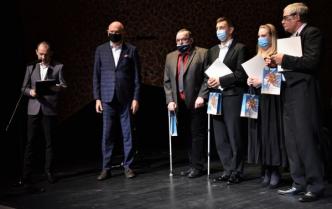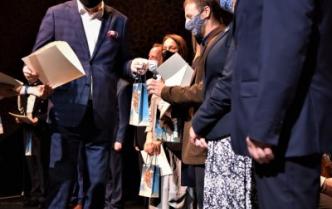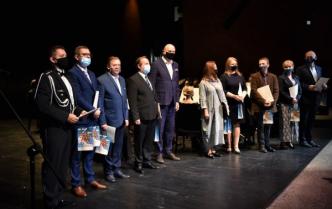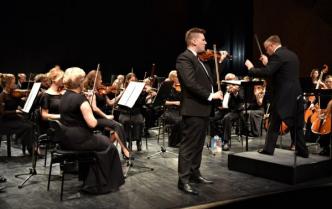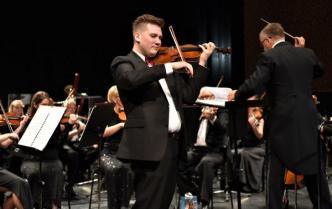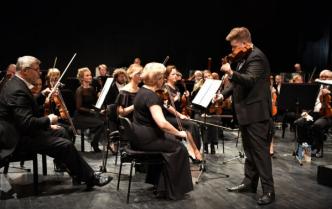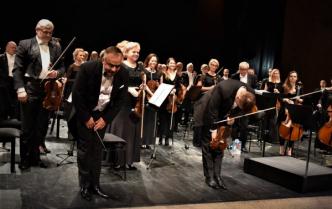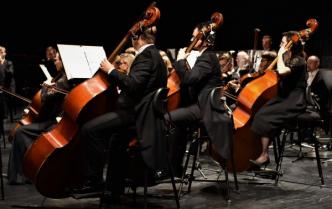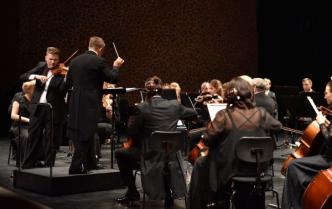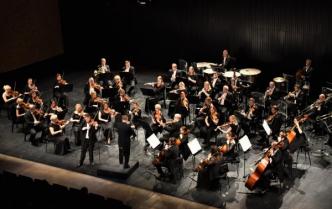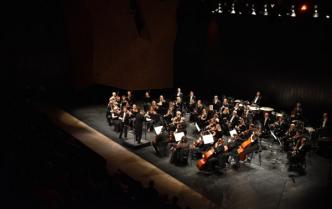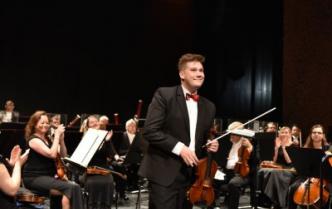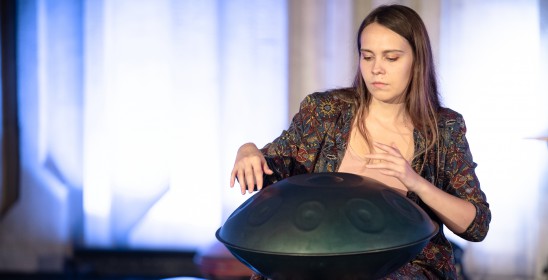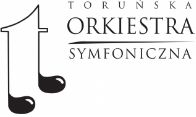Apotheosis of Dance – Internationa Music Day
Niccolò Paganini was a violinist – a virtuoso, but also a guitarist-- Since early childhood, he was performing on the stages of Europe, becoming known as a child prodigy. His talent was not lost with age, quite the opposite – enriched with equilibristic technical skills, it produced stunning effects. His Violin Concerto No. 1 in D Major, Op. 6, made up of the following movements: I – Allegro, II Adagio esspresivo, III – Rondo (played without a break), has a traditional classical form in which we find a steward of virtuoso measures, for example: double harmonics, playing on the G string, daring passages, and left-hand pizzicati.
Here is how Karol Lipiński was remembering the first time he met Paganini and a performance during which he played the Concerto in D Major: “He played it incomparably. The stupendous difficulties, the overcoming of which had not been dreamed of before him, and which I myself have until now thought to be insurmountable, he met with a fabulous effortlessness and ease. The Italian audience was frantic with thunderous applause, and I was frantic together with them.”
The work on L'Italiana in Algeri took Gioachino Rossini barely a month and the premiere of the piece was a gigantic success. The work soon began to be performed on all Italian and international stages. Writing the piece, the composer “unleashed a true tempest” which is portended by the brilliant overture. It begins with a string pizzicato which is followed, like in a pure comedy with elements of surprise, by an “explosion” of the greater part of the orchestra and the dialogues of the woodwind instruments.
The Symphony No. 7 in A major, Op. 92 (1812) by Ludwig van Beethoven (1770-1827) was named by Richard Wagner an “apotheosis of dance”, a “symphony of rhythm”. Others referred to it as: “a dithyrambic march of Dionysus”, or spoke of: “the Wisdom of Zarathustra who, on the peaks of perfection, leaves his shacks to devote himself to the earth and its delights”. Indeed, the constructional element of this piece is the power of rhythm and the element of changeability. The Dionysian element permeates the entire composition. The sounds dash in a dance procession, bringing joy and fulfilment. All four movements of Symphony No. 7 are based on separate rhythmic patterns; triple in the first and third movements and duple in the second and fourth movements.
dr Aneta Derkowska
Artists:
Robert Łaguniak – violin (Toruń Symphony Orchestra's Prize in the 5th International Karol Lipiński Violin Festival and Competition)
Toruń Symphony Orchestra
Dainius Pavilionis (Lithuania) – conductor
Adam Suprynowicz - introduction
Programme:
N. Paganini - I Koncert skrzypcowy D-dur op. 6
L. van Beethoven - VII Symfonia A-dur op. 92
A concert ticket entitles you to participate in the meeting. Duration approx. 30 minutes. We cordially invite you!
The event will take place as part of the Viva Beethoven! - the 250th anniversary of the composer's birth project.
There is no intermission in the concert.
The event will take place in accordance with current recommendations and guidelines.
Please read the rules and comply with the GUIDELINES FOR THE CONCERT PARTICIPANTS.
IN CONNECTION WITH THE ONGOING COVID-19 PANDEMIA and completing the statement to be given to
you by staff on the day of the concert - details: https://bit.ly/3fbLnVb
